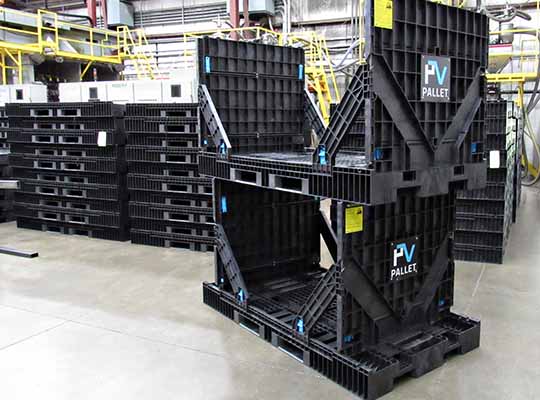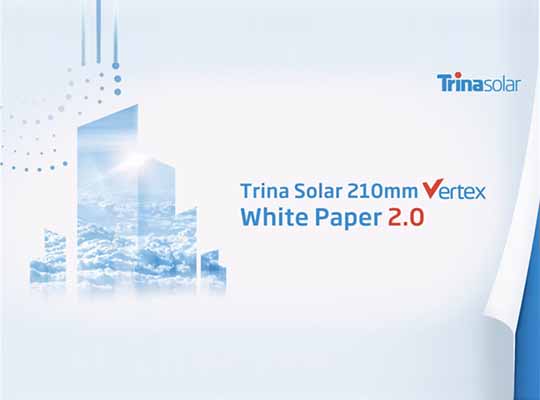CEDAR RAPIDS, Iowa – The first recyclable, reusable, adjustable, and collapsible pallet system designed specifically for shipping and protecting solar PV modules is ready for testing with key clients. Full production is set for Q1 2022.
PVpallet aims to revolutionize the solar shipping industry in one efficient, meaningful way: by replacing traditional wood shipping pallets.
Discussing the true cost of a wood shipping pallet, PVpallet Co-Founder and General Manager Luke Phelps emphasized the importance of understanding the “full picture” of a wood pallet’s life cycle: build costs, labor, transportation and handling fees, PV module breakage rates, and disposal costs that are the result of shipping with flimsy, unstable wood pallets.
There are also environmental costs. The life cycle of a wood pallet begins in the forest. In 2020 alone, an estimated 198,000 trees were needed to build the 1,580,000 wood pallets that shipped solar PV modules. When wood pallets become unusable, often after a single use, they are typically thrown away. As a result, the solar industry contributed to an estimated 60 million pounds of wood waste to US landfills in 2020 alone. That number will only increase as the solar industry continues to see double digit growth year over year.
“PVpallet aims to change that trajectory by driving real, impactful results,” explains Co-founder and Business Development leader Philip Schwarz. “We want to revolutionize the solar industry and initiate an industry-wide shift in thinking—from a linear to a circular economy.”
PVpallets are made of discarded, recycled plastic. They are sturdy, fully collapsible, adjust to accommodate 80 – 90% of solar PV modules currently on the market, and stack without putting weight on the solar modules themselves. According to our projections, PVpallets will be reusable around 20 times and are virtually waste-free. At the end of their life cycle, they can be reground and recycled into new PVpallets.
It’s time to rethink solar shipping with a sustainable solution.













